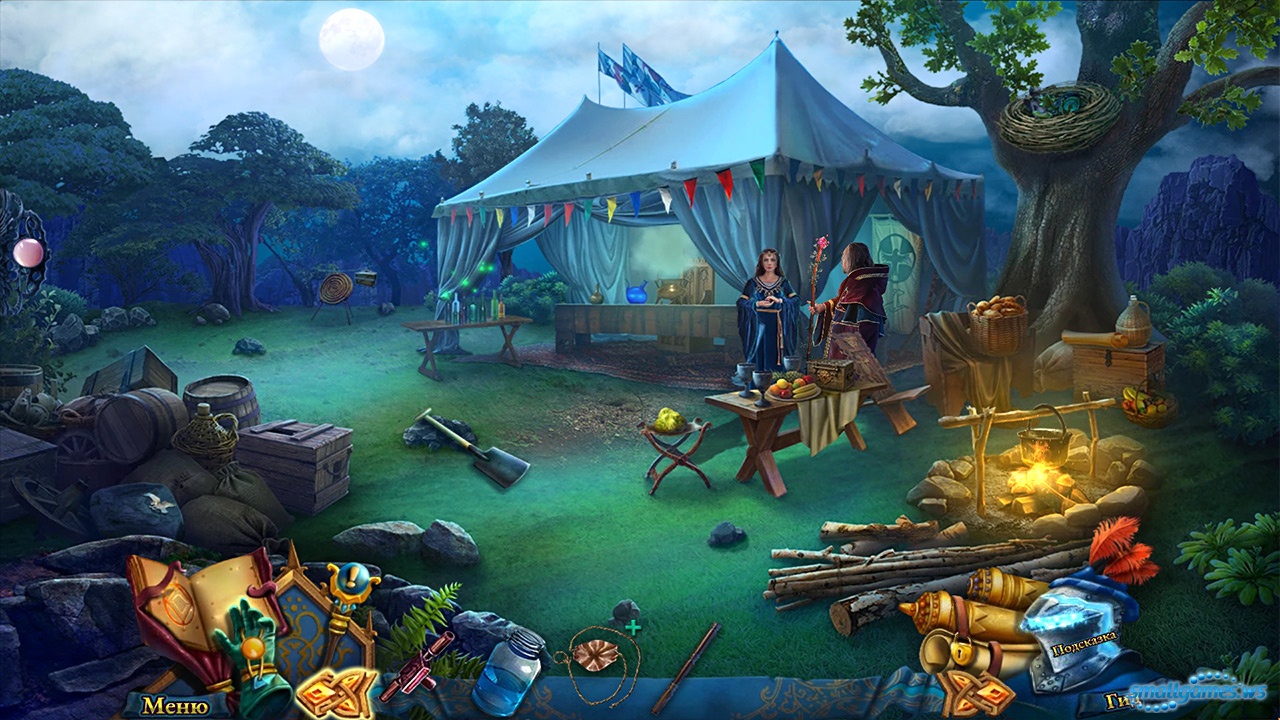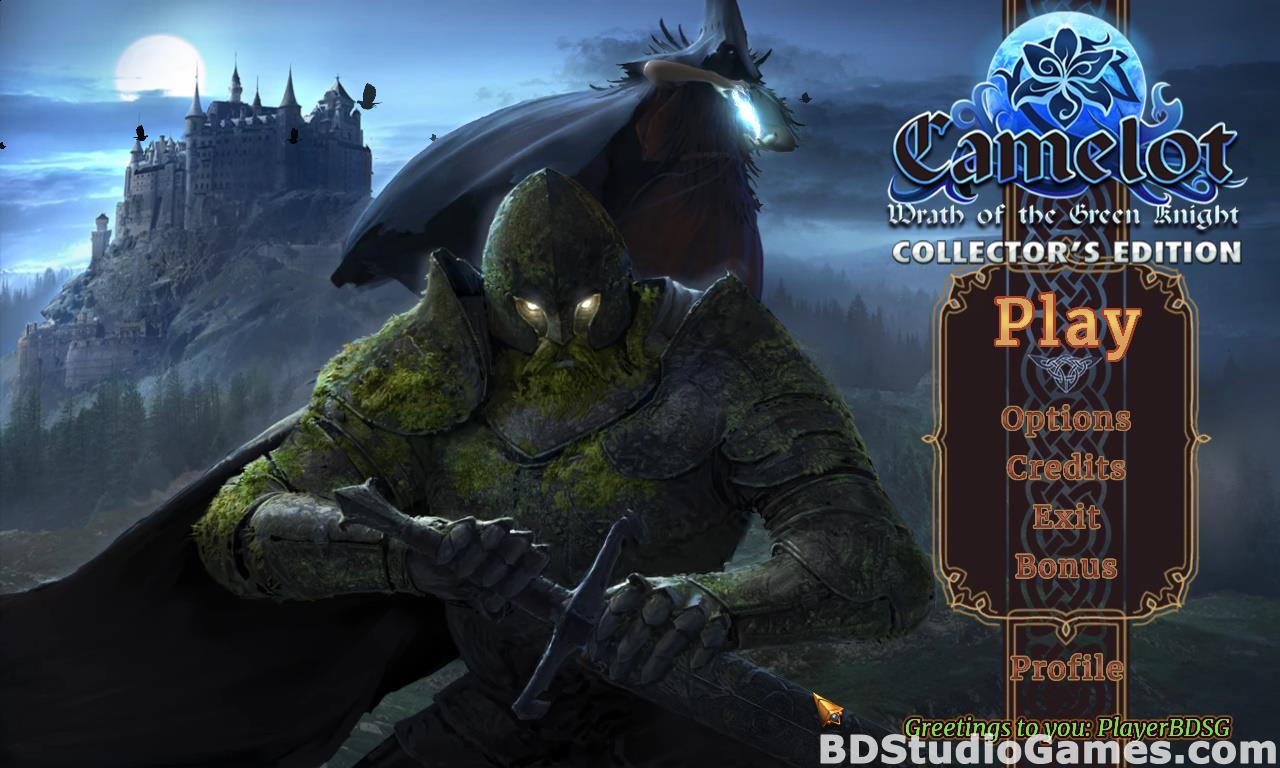
Sir Gawain and the Green Knight, while neither the first nor the last Arthurian romance of medieval England, is undoubtedly its most polished, accomplished, and courtly emanation. Although the genre came late to England, it quickly became as popular there as on the continent, spurring numerous imitations of French precursors, as well as some truly original works. These Arthurian romances came, in the Middle Ages and in endless variations down to the present day, to be the tales most closely associated with the world of knightly heroism, and Arthur, Lancelot, Guinevere, Camelot, and the Holy Grail have become forever linked with the chivalric quest. Although romances were written concerning early French heroes such as Charlemagne and Roland, and heroes of Antiquity such as Alexander the Great, the most popular and lasting form proved to be those associated with the “Matter of Britain,” or the world of King Arthur and the Round Table. It is somewhat ironic that many of the characters and settings most associated with French chivalric literature were British in origin. The tales and songs that were told about brave cavaliers and their deeds became popular first in France, and these tales in time made their way to England. The word chivalry entered Middle English in the fourteenth century as a borrowing of the Old French word chevalerie, which referred to knighthood or cavalry, and literally meant soldiers who rode on the back of a horse (Fr. Christopher Tolkien had admitted to having to occasionally guess at what his father intended.The Chivalric Quest: Sir Gawain and the Green Knight The chivalric quest is arguably the literary genre best associated with medieval literature, containing elements of feudal society, knightly combat, courtly love, noble sacrifice and religious introspection.

Tolkien and the evolution of his stories could have made any sense of it. Deciphering this was an arduous task, and perhaps only someone with personal experience of J.R.R. Much of the material was handwritten frequently a fair draft was written over a half-erased first draft, and names of characters routinely changed between the beginning and end of the same draft. Although he had originally intended to publish The Silmarillion along with The Lord of the Rings, and parts of it were in a finished state, he died in 1973 with the project unfinished.Īfter his father's death, Christopher Tolkien embarked on organizing the masses of his father's notes, some of them written on odd scraps of paper a half-century earlier.

Tolkien wrote a great deal of material connected to the Middle-earth mythos that was not published in his lifetime. stands for John, a baptismal name that he didn't ordinarily use. He drew the original maps for his father's The Lord of the Rings, which he signed C. Tolkien (1892–1973), and is best known as the editor of much of his father's posthumously published work. This beautifully decorated text includes as a bonus the complete text of Tolkien's acclaimed lecture on Sir Gawain.Ĭhristopher Reuel Tolkien was the youngest son of the author J.R.R. Tolkien's vivid translations of these classic poems represent the complete rhyme and alliterative schemes of the originals. Interpreted in a form designed to appeal to the general reader, J.R.R. Worn out by grief, he falls asleep and dreams of meeting her in a bejewelled fantasy world.

Arthur's brave favorite for the challenge is Sir Gawain.Īccompanying Sir Gawain and the Green Knight in this book are Sir Orfeo, a medieval version of the story of Orpheus and Euridice, a love so strong that it overcame death, and Pearl, the moving tale of a man in a graveyard mourning his baby daughter, lost like a pearl that slipped through his fingers.

A mysterious knight, green from head to toe, rides in and brings the court's wait to an end with an implausible challenge to the Round Table: he will allow any of the knights to strike him once, with a battle-axe no less, on the condition that he is allowed to return the blow a year hence. It's Christmas at Camelot and King Arthur won't begin to feast until he has witnessed a marvel of chivalry. THREE MEDIEVAL ENGLISH POEMS, WITH TRANSLATION AND COMMENTARY BY J.R.R. SIR GAWAIN AND THE GREEN KNIGHT, PEARL, AND SIR ORFEO


 0 kommentar(er)
0 kommentar(er)
